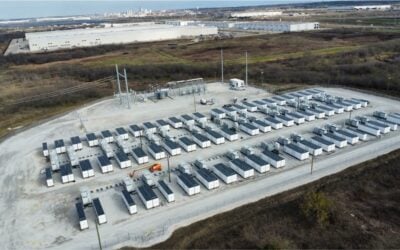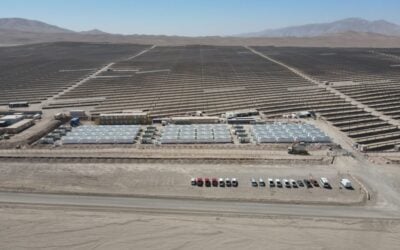California governor Jerry Brown is a strong supporter of renewable energy and energy storage, submitting proposals to double financial incentives for energy storage in the state’s summer budget. Source: Flickr/Steve Rhodes
California state legislature and governor Jerry Brown have signed into law four key new energy bills that are set to accelerate energy storage deployment in the Golden State.
Specifically, the bills will target both behind-the-meter and utility-scale storage and should ensure that storage has a permanent place in California’s renewable energy conversation.
Bill AB 1637 follows up on the previous victory that storage experienced with recent Self Generation Incentive Programme (SGIP) reforms. The bill now increases programme funding by US$249 million, closely after the California Public Utilities Commission (PUC) decided to provide US$83 million annually until 2019 for behind-the-meter technologies, with 75% of that diverted to storage specifically. The new bill is additional validation that energy storage is strong player when it comes to GHG reduction.
Bill AB2868 targets the state’s three investor owned utilities (IOUs) by making it mandatory for them to file applications for new programmes and investments of up to 500MW; completely separate from the existing 1.3GW renewable energy procurement goal established in 2013. This bill should therefore accelerate the deployment of distributed energy storage in California.
Try Premium for just $1
- Full premium access for the first month at only $1
- Converts to an annual rate after 30 days unless cancelled
- Cancel anytime during the trial period
Premium Benefits
- Expert industry analysis and interviews
- Digital access to PV Tech Power journal
- Exclusive event discounts
Or get the full Premium subscription right away
Or continue reading this article for free
In a similar vein, Bill AB 2861 tackles regulatory speed bumps by authorising the PUC to create an expedited dispute resolution process for behind-the-meter storage resources wishing to interconnect to an IOU’s distribution network. Often, regulatory red tape and undue procedure is half the problem, so this should create a more streamlined framework and reduce Rule 21 interconnection costs as well as shave time off the process.
Last but not least, bill AB 33 takes a closer look at long-duration energy storage; directing the PUC and California Energy Commission to analyse the potential for such technologies, in a bid to increase grid integration of renewables, as long-duration storage is often deployed for frequency regulation, load-shifting and other grid-balancing techniques. The bill ensures broader consideration of bulk energy storage, which is much desired as the role it can potentially play can be invaluable.
The California Energy Storage Alliance (CESA) applauded the legislature and governor Brown for encouraging energy storage deployment in the state: “The leadership demonstrated by Assembly members Evan Low, Phil Ting, Bill Quirk, and Mike Gatto was instrumental in the development and eventual passage of these groundbreaking bills,” said Janice Lin, executive director of the CESA and chair of Energy Storage North America. “CESA is proud to have played a key role in these bills, which further enable energy storage to become a valued piece of the mainstream energy toolkit, mitigate unwarranted market or interconnection barriers, and allow bulk storage technologies to be appreciated as a solution to renewables integration.”





